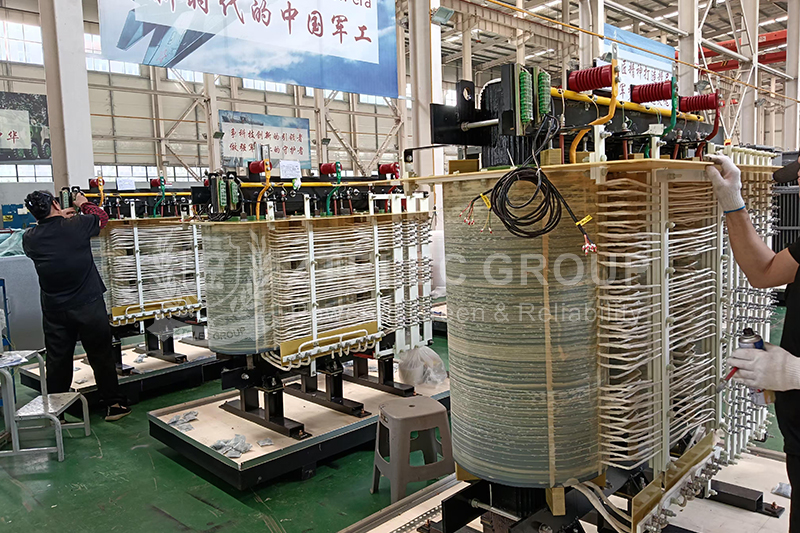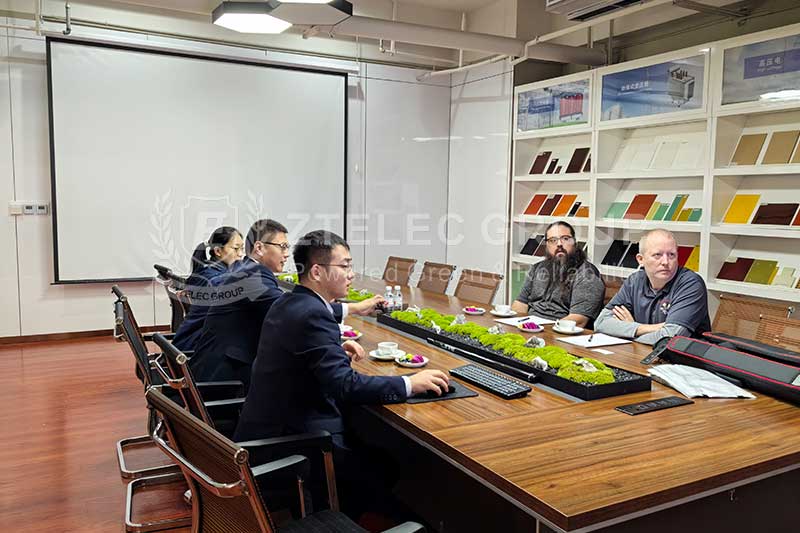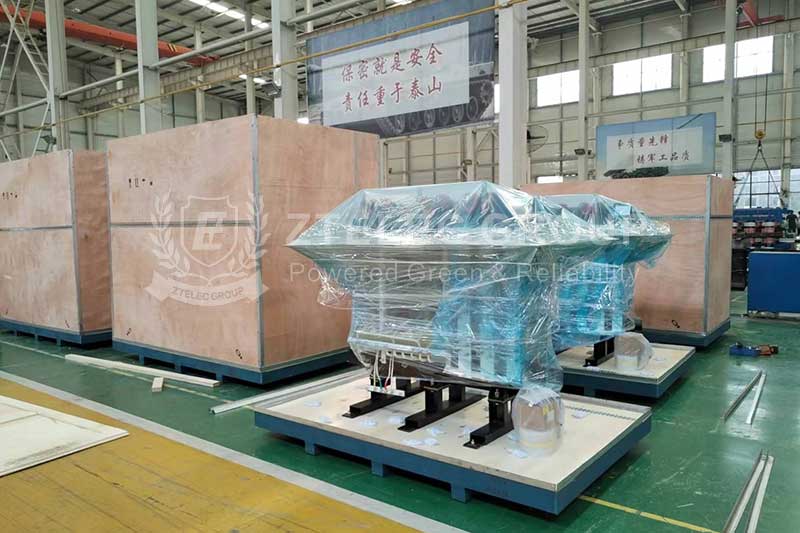Performance analysis of FR4 and 3240 epoxy sheets
2024-10-16 13:46 | By: ZTELEC-www.ztelecgroup.com | 5980click
Epoxy sheets, as a widely used insulating material, play an important role in the electronic and industrial fields. FR4 and 3240 epoxy sheets are two common epoxy sheets, each with unique performance characteristics suitable for different application scenarios.

FR4 epoxy sheets, as the main material for printed circuit sheets (PCBs), are favored for their good electrical insulation and machining properties. The dielectric constant and dissipation factor of FR4 sheets are moderate, suitable for most electronic circuit applications, and cost-effective.
3240 epoxy sheets are high-performance epoxy sheets that are optimized in some electrical properties compared to FR4 sheets. 3240 sheets have lower dielectric constants and dissipation factors, which makes them perform well in high-frequency circuits, reducing delays and energy losses during signal transmission.
In terms of heat resistance, both FR4 and 3240 epoxy sheets are able to remain stable at higher temperatures, but the heat resistance of 3240 sheets is slightly higher than that of FR4 sheets, making them more suitable for high-temperature working environments. In addition, the mechanical properties of 3240 sheet are also slightly better than FR4 sheet, providing better wear resistance and impact resistance.
When choosing epoxy sheet materials, engineers need to weigh them according to the specific requirements of the application. If the project has high requirements for electrical performance and cost-effectiveness, FR4 epoxy sheet may be a more suitable choice. For high-end applications that pursue high-frequency performance and heat resistance, 3240 epoxy sheet may be more suitable.
In summary, FR4 epoxy sheet and 3240 epoxy sheet each have their own advantages and application scenarios. Understanding the characteristics and differences of these epoxy sheets can help engineers and designers make more appropriate material choices based on project requirements.
tags:insulation failure transformertransformer short circuittransformer overheatingtransformer overloadtransformer maintenance
- more+releated article
- 2026-01-04Common Power Transformer Faults: Causes, Solut
- 2025-12-312026 New Year Holiday Notice
- 2025-12-31Operation, Maintenance, and Service Life Manag
- 2025-12-30How to Select a 100 kVA–500 kVA Distribution
- 2025-12-29The Impact of NHN NMN Composite Insulation on
- 2025-12-26Practical Application of GPO-3 Insulation Boar
- 2025-12-2510kV Transformer Replacement Timeline: Install
- 2025-12-25Low Smoke EN45545 GPO3 UPGM203 Laminated Board
- 2025-12-24Merry Christmas — ZTelecgroup Christmas Cele
- 2025-12-24How to Select a Suitable 50kVA–500kVA Distri





